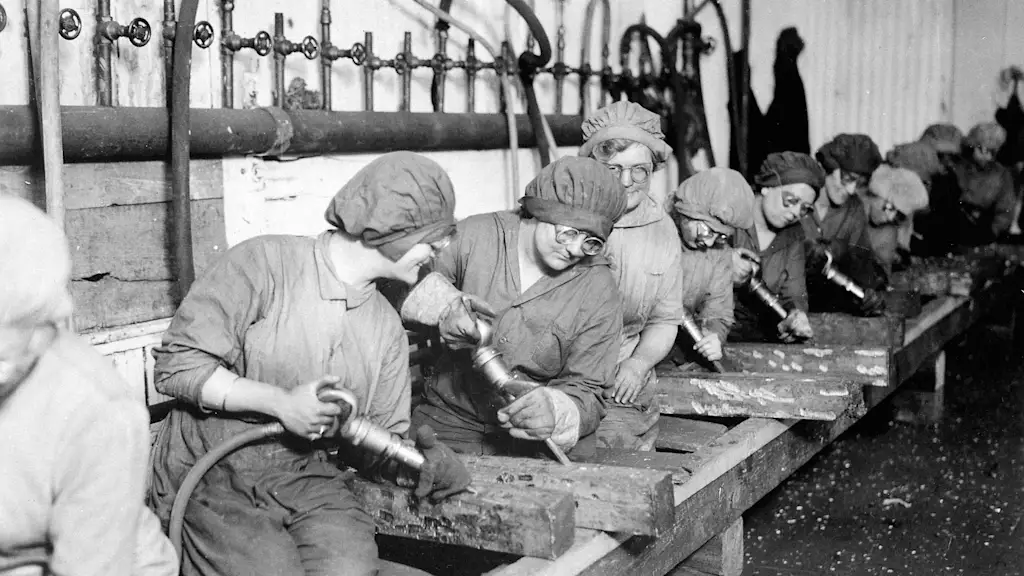
"Before electronic payments, banknotes, and silver coins, it was cloth-woven by women-that was the most popular form of currency. It was lightweight, nonperishable, and easier to judge in terms of quality than a lump of precious metal. Cloth therefore underpinned the first trade boom in history, connecting economies-and people-across the world during the Bronze Age. Four thousand years ago, it was packaged up into the side packs of donkeys that journeyed across the peaks and plains of Eurasia in the quest for tin."
"While ancient Athens might have been the birthplace of democracy-and the home of many a great playwright, philosopher, and poet-it was ancient Rome that had the far more successful economy. And this was in large part because the Romans had a far more favorable attitude to both business and to women. Not only did Roman women own ships and shops-and trade their wine and olive oil across the Mediterranean-they also helped to build the ancient city itself."
Women produced woven cloth that functioned as a widely accepted currency before coinage and electronic payments. Cloth’s lightness, durability, and ease of quality assessment underpinned the Bronze Age trade boom and financed long-distance tin trade across Eurasia. Tin combined with copper to create bronze, catalyzing a major technological and economic revolution. In ancient Rome, women participated directly in commerce and urban production: they owned ships and shops, traded wine and olive oil across the Mediterranean, and held significant ownership of clay beds used for brickmaking, contributing to city construction and the broader economy.
Read at Fast Company
Unable to calculate read time
Collection
[
|
...
]